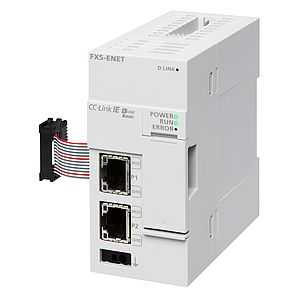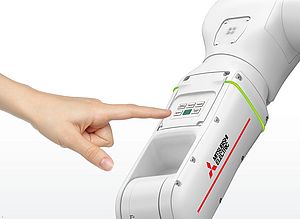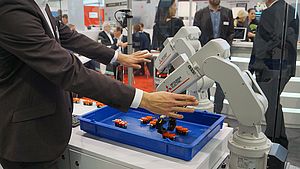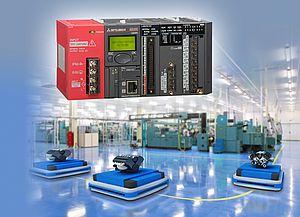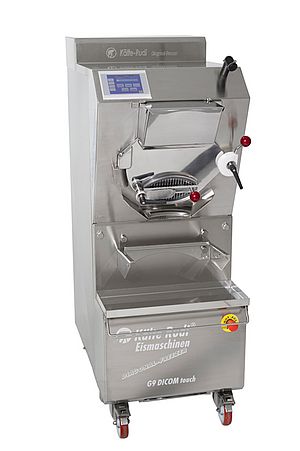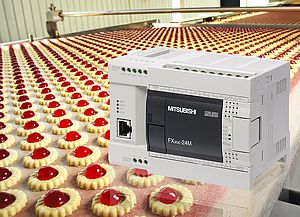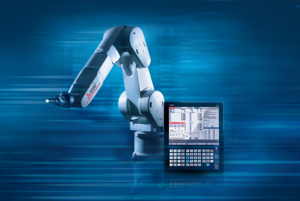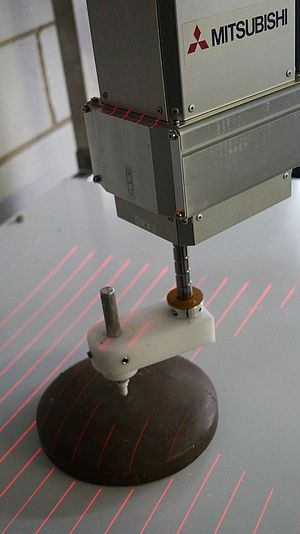Within the myriad of possible applications for SCADA software there is a common theme for both the end user and system integrator, and that is a need to respond to competitive pressures.
To improve efficiency, whether that be project costs or operational OEE targets, a SCADA application needs to be seen as a complete process. From initial concept and development, through specification, build, test, operation, improvement, expansion and maintenance. It is by considering the complete life-cycle of SCADA projects and optimising every area that significant savings and gains in efficiency can be made.
Faster planning and project realisation
Efficiency improvements and cost savings start from the planning stage. By selecting a SCADA solution that provides the widest range of built-in functionality, system integrators can avoid a lengthy custom-code development stage. It may seem counterintuitive for an independent automation system integrator to want to reduce the cost of their work, but market competition means that lower project cost estimates win business. If projects can be delivered faster, then more business can be won. Commercial success and additional capacity then lead to profitability and growth opportunities.
These overall goals are shared with the end user, everything boils down to maximizing the return on investment. The project must deliver on its operational remit, but if it can be delivered in less time, and at a lower cost, then the returns are improved. Mitsubishi Electric’s MAPS 4 SCADA solution for example provides fast initial development and project planning flexibility. It includes a large number of pre-configured Object Template models in addition to the flexibility to copy, adapt and create new objects very quickly.
A built-in library of more than 100 PLC and RTU drivers then helps with adding components to a manufacturing or process control orientated project. The advantages of fast product selection and integration are increased significantly when using Mitsubishi Electric automation components such as PLCs, drives, servo systems, HMIs and robots, as the full operational profiles are already included in MAPS 4. System integrators that tend to use Mitsubishi Electric hardware are then at an advantage. However, for applications where sensor feedback and data sources are more diffuse, including infrastructure style applications, then aspects such as communication flexibility, cloud connectivity and more specialised function modules also start to reduce development times significantly.
Maximising integration and operational efficiencies
Continuing to use MAPS 4 as an example, secure sharing of information to external applications using open standards such as OPC UA, web services, C#, C++ or VB.net provides the flexibility needed to achieve faster integration into existing systems. It allows access to a range for additional data repositories. Built-in functionality such as the Geographic Information System (GIS) plugin add intelligence to map overviews and save time in the process.
Faster development means building a system that can solve one issue right now, but can then be expanded to include other processes, new data sources, different viewing methods and changing metrics. Scalability and flexibility are the features that provide the greatest short-term and long-term benefits. Being compatible with a wide range of field devices certainly helps, but a scalable system architecture is also essential.
The ability to develop seamlessly from a stand-alone system to a larger configuration is important. Redundancy, running on multiple servers, using different physical computers connected to a network, HMIs and mobile devices is becoming increasingly common. Meeting end user demand right now is therefore as much about satisfying the immediate project functional requirements as it is provisioning for the future.
The Cloud, IIoT and Industry 4.0
As various data storage solutions, software hosting and data processing tasks are being moved into the cloud, secure cloud hosting and accessibility is becoming essential to maximise operational efficiencies. SCADA applications need to be built with cloud compatibility out-of-the-box, as managing information security, database accessibility and multiple browser platforms is a big challenge otherwise. If it can be achieved relatively quickly, with a built-in solution then not only is the project cost being optimised, but the user benefits such as plant and process optimisation can be realised sooner, improving ROI.
The MAPS 4 answer is to include a ‘The Internet of Things (IoT) Agent’ module that allows MAPS to connect seamlessly to third-party IoT cloud hosted environments. The software itself can also be hosted in the cloud with built-in support for Sigfox, LoRa and MQTT.
Compatibility with existing systems is also made far easier, which is a central theme running through various aspects of an industrial landscape moving towards Industry 4.0.
By: Christian Nomine, Solutions Consulting and Product Marketing EMEA, at Mitsubishi Electric Europe B.V.







